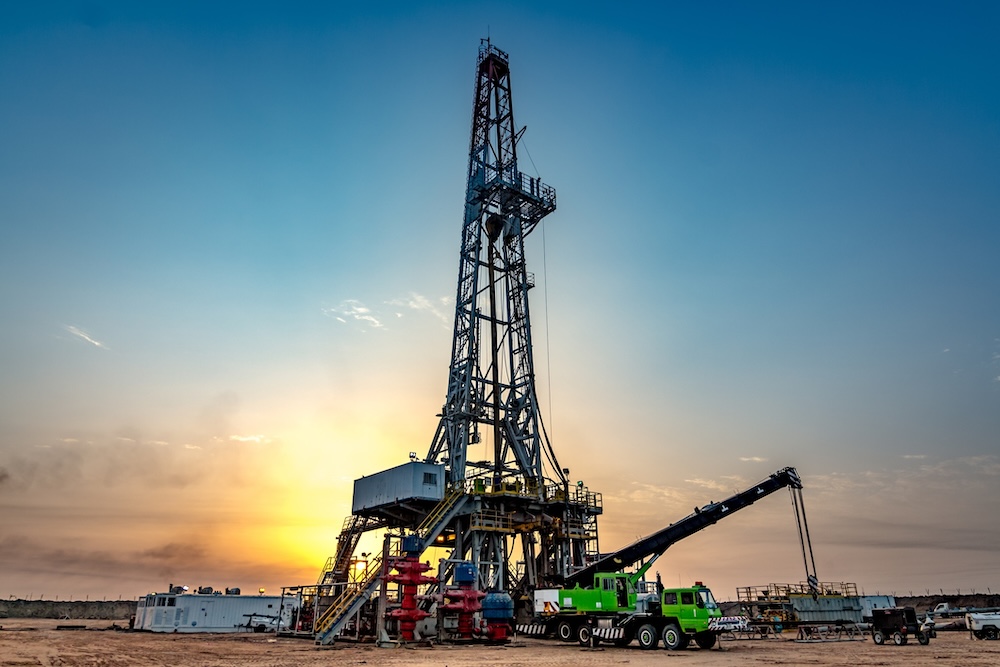
The U.S. Chemical Safety and Hazard Investigation Board (CSB) released its final investigation report on the massive explosion and fire at a Burleson County, Texas drilling site that killed three and severely injured one in January 2020.
Lack of Safety Measures and Oversight Caused Deadly Oilfield Accident
The CSB determined that the operator’s lack of effective well control practices and safety measures, along with the absence of federal regulations governing onshore oil and gas drilling and well-servicing operations, ultimately caused the event.
The devastating oil and gas well blowout occurred nearly four years ago at the Daniel H. Wendland 1-H well, operated by Oklahoma-based Chesapeake Energy, around 3:30 p.m. on January 29, 2020, as a workover crew was upgrading the well.
Three contract workers suffered fatal burn injuries from a flash fire that erupted when hydrocarbons from the well ignited, and a fourth worker was seriously burned but survived. The flash fire was so intense it was felt by neighboring communities in Burleson County.
The Board identified the following safety issues as contributing factors that led to the deadly incident:
- Ineffective well control barriers that resulted in the blowout and release of hydrocarbons. Well blowouts are often caused by inadequate barriers and uncontrolled pressure buildup. When well control is inadequate, the potential for a blowout and subsequent rig explosion increases dramatically.
- Insufficient industry guidance on well control for wells in an underpressured reservoir (like the Wendland well). Federal regulations and industry standards, like the American Petroleum Institute (API) regulations, are designed to mitigate hazards, but a lack of oversight is often a common cause of many well control blowouts. The Board called out that existing regulations do not require the implementation and maintenance of well control for onshore oil and gas operations at all.
- Ineffective ignition source management, which contributed to the fire. According to CSB, multiple potential ignition sources were identified in the vicinity of the open wellbore, and the operators’ policies did not incorporate industry-standard hazard assessments that could help prevent the potential for a fire or explosion.
- Lack of federal workplace safety regulations for the oil and gas industry’s drilling and well-servicing sectors, which the Board called “minimal” despite their repeated requests that U.S. Occupational Safety and Health Administration (OSHA) adopt special rules for this industry
U.S. Chemical Safety Board Calls for More Federal Oil and Gas Safety Regulations
The U.S. Chemical Safety Board has no authority to issue fines or citations, but its investigations into the root causes of major industrial accidents result in regulatory recommendations that have been credited with saving countless lives.
Because the lack of federal workplace safety regulations for onshore oil and gas clearly played a factor in the Burleson County drilling site accident, the CSB has issued multiple recommendations to OSHA in an effort to prevent similar catastrophic events.
The Board recommends that OSHA:
- Include onshore well drilling and well-servicing in its Process Safety Management (PSM) standard or develop new federal safety standards to address these operations.
- Remove an exemption that excludes oil and gas drilling and well-servicing to not fall under OSHA’s Control of Hazardous Energy (CHE) standard, and expanding the standard to cover oil and gas production.
- Put a new federal standard into effect to cover drilling, production, and servicing/workover activities surrounding onshore oil and gas wells.
Further, the Board recommends that the American Petroleum Institute publish guidance specifically for well control methods for completed wells in underpressured reservoirs. It also recommends that Chesapeake include industry standards relating to workover well control planning in the company’s operating procedures.
Zehl & Associates Represented Contractor Severely Burned and Contractor Tragically Killed in Chesapeake Oil Well Blowout
Our Texas oilfield accident lawyers represented the mother of one of the contractors who was tragically killed in the Burleson Country drilling site explosion, as well as the Eagle contractor who miraculously survived after sustaining third-degree burns to over 60 percent of his body, in connection with the deadly blowout.
We’re proud to have secured record-setting wins for our clients, including a $90 million oilfield settlement that is the #1 largest oilfield accident settlement in United States history.
Undefeated Texas Oilfield Accident Lawyers: Call 1-888-603-3636 for a Free Consult
Our oilfield explosion and blowout lawyers have won billions for oilfield workers who were severely injured, catastrophically burned, and tragically killed in connection with oilfield and drilling rig accidents and explosions across Texas, Louisiana, and the United States.
If you or a loved one were injured in an oilfield accident or blowout, call 1-888-603-3636 or Click Here to submit a confidential email through our “Contact Us” form.
We’ll answer your questions, explain your rights, and make sure that you have the information you need to make the best decision for yourself and your family.
The consultation is free, and you’ll owe absolutely nothing unless we win your case.